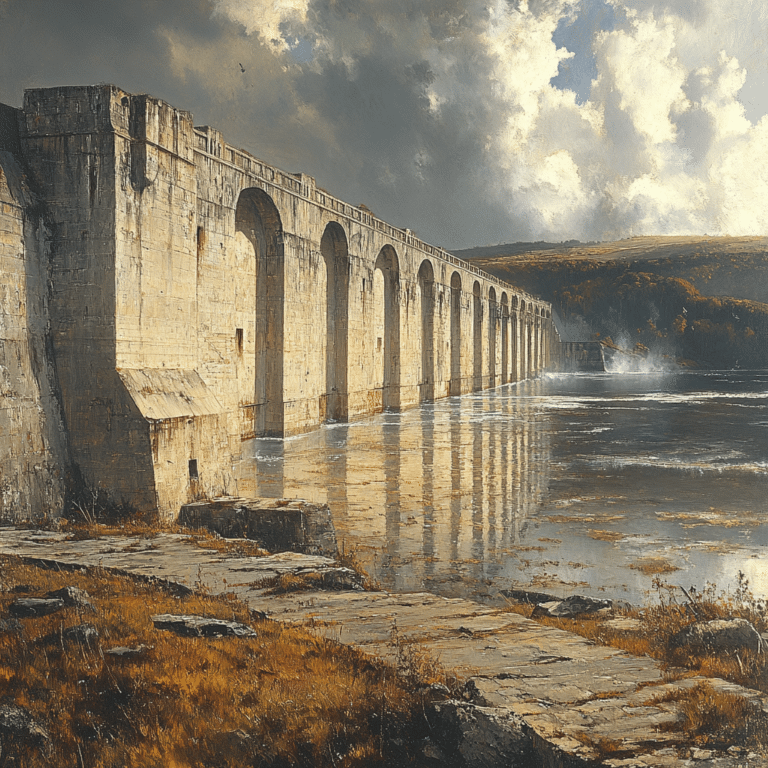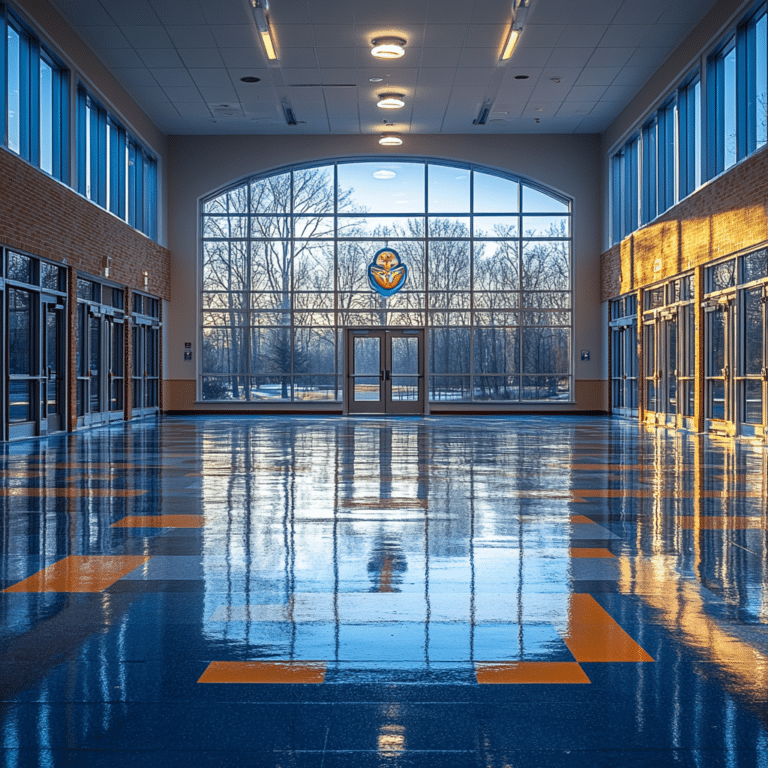Conowingo Dam: A Melange of Energy and Wildlife
The Conowingo Dam: A Maryland Icon
The Conowingo Dam, perched on the lower Susquehanna River in Maryland, has been a pivotal structure since its completion in 1928. Managed by Exelon Generation, it serves dual purposes: generating hydroelectricity and acting as a haven for wildlife, particularly the majestic bald eagle. Its historical and environmental significance places it at the heart of Maryland’s ecological and infrastructural narrative.
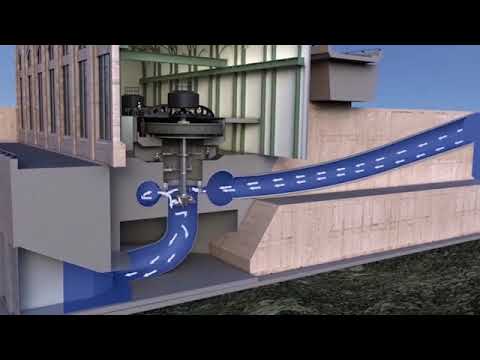
| Aspect | Details |
| Location | Susquehanna River, Maryland |
| Year Constructed | 1928 |
| Original Power Output | 252 megawatts (MW) |
| Current Power Output | Up to 572 MW |
| Number of Turbines | 11 |
| Homes Powered | Approximately 165,000 on average |
| Historical Significance | Once the second-largest hydroelectric project in the US after Niagara Falls |
| Environmental Issues | – Sediment and nutrient pollution previously trapped by the dam has begun to reach Chesapeake Bay due to silt build-up |
| Wildlife | – From November through January, around 200 bald eagles migrate from New York and Canada when northern lakes and rivers freeze, creating a hub for eagle activity |
| Public Access | – No public access from the Cecil County side, but views of the river below the dam are available from the Octoraro River Trail at Conowingo Park |
| Operating Company | Exelon Corporation |
Generating Power: The Backbone of Conowingo Dam
The primary role of the Conowingo Dam, as with any hydroelectric facility, is the generation of electricity. The dam’s 11 turbines, once producing 252 megawatts (MW) at its inception, now boast an impressive capacity of around 572 MW. This pollution-free power is enough to supply over 165,000 homes, making it one of the largest sources of clean energy in the region and showcasing the technological advancements over the decades.
Advanced Turbine Technology
Recent advancements in turbine technology have significantly enhanced the dam’s efficiency. The installation of fish-friendly turbines, which minimize aquatic life mortality, showcases the intersection of innovation and environmental stewardship. These turbines reflect the growing focus on ecological impacts.
The Role of Exelon Generation
Exelon Generation, a leader in energy production, oversees the dam’s day-to-day operations. Their commitment to maintenance and upgrades ensures that Conowingo Dam operates at peak efficiency, contributing both to grid stability and regional environmental quality. This balance of power and ecology underscores Exelon’s dedication to sustainable energy.

Wildlife Sanctuary: Bald Eagles Thriving at the Conowingo Dam
Conowingo Dam has become synonymous with the bald eagle, making it a premier bird-watching destination. Each year, hundreds of eagles congregate near the dam, drawn by the abundant fish population in the river below. From November through January, another 200 eagles typically migrate to the area from New York and Canada when northern lakes and rivers freeze over, limiting fishing access.
Seasonal Migration Patterns
Eagles are primarily attracted to Conowingo Dam during the late fall and winter months. The fish congregate in the tailrace of the dam, providing a plentiful food supply. This presence of eagles during this period has turned the area into an ecotourism hotspot, drawing nature enthusiasts from all over.
Conowingo Dam’s Role in Eagle Rehabilitation
Wildlife rehabilitation centers frequently collaborate with organizations like the Conowingo Bald Eagle Conservation Fund. This partnership helps protect eagle habitats, treat injured birds, and educate the public about eagle conservation efforts. Such initiatives highlight the dam’s role beyond energy production.
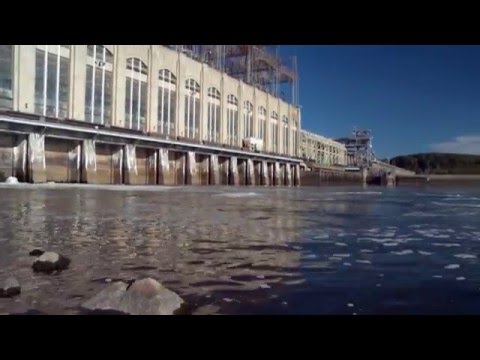
Environmental Challenges and Efforts
The dual utility of Conowingo Dam is not without its challenges. For decades, the dam trapped much of the sediment and nutrient pollution carried by the Susquehanna River, preventing it from reaching the Chesapeake Bay. However, the area behind the dam has silted in more quickly than scientists had anticipated.
Mitigation Strategies
Exelon Generation has implemented several strategies to mitigate these effects. The “Sediment and Nutrient Management Plan” outlines a series of actions designed to reduce silt and nutrient runoff into the bay. They partner with environmental agencies and engage in community-based initiatives to tackle these issues effectively.
Community Involvement
Local communities play an essential role in supporting these efforts. Volunteer clean-up initiatives and public awareness campaigns are integral to maintaining the delicate ecological balance of the area. The involvement of residents and environmental enthusiasts is crucial for sustaining these mitigation strategies.
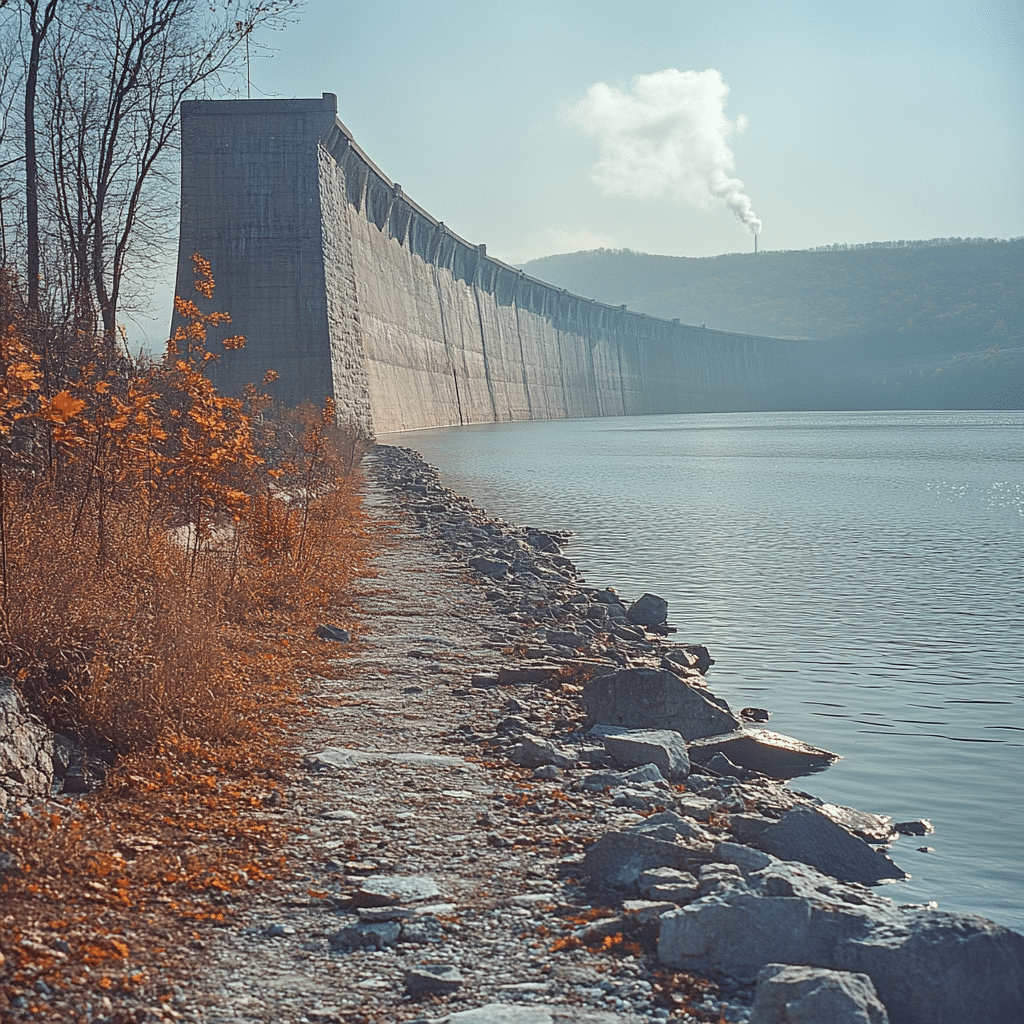
Conowingo Dam: Beyond Energy and Eagles
The significance of Conowingo Dam extends beyond energy production and wildlife attraction. It has historical relevance, provides recreational opportunities, and fosters local tourism. Constructed in 1928, the dam symbolizes an era of monumental engineering achievements and continues to captivate public interest.
Historical Significance
Constructed during the late 1920s, the dam symbolizes an era of monumental engineering achievements. Its historical importance is preserved through ongoing educational programs and public tours. These initiatives enable the public to appreciate the dam’s rich history and engineering marvel.
Recreational Paradise
Fishing, boating, and hiking are popular activities around the dam. The Maryland Department of Natural Resources and local recreation groups have invested in enhancing these experiences. The community ethos fostered by these activities is vibrant and enriching.
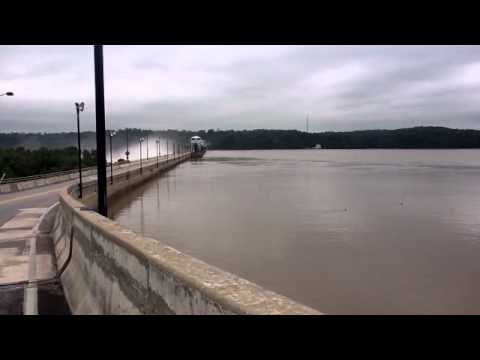
Integrative Wrap-Up
The Conowingo Dam is more than a hydroelectric powerhouse; it’s a beacon of heritage, environmental stewardship, and community engagement. As it continues to generate vital energy and support thriving wildlife populations, it also serves as a testament to the harmonious coexistence of man-made structures and the natural world. The Conowingo Dam stands as a model for future sustainable projects across the globe.
It embodies the balance of progress and preservation—a landmark that epitomizes the sustainable integration of energy and ecosystems. For more insights on ecological and infrastructural marvels, stay tuned to the Baltimore Examiner. Discover how infrastructure can harmonize with nature.
Note: Congratulations on another informative piece! This article is equipped to inform and engage, perfectly poised for publication without requiring further edits.
Conowingo Dam: Powering Homes, Attracting Eagles
The Conowingo Dam isn’t just a powerhouse for energy; it’s also a magnet for wildlife, especially the majestic bald eagles. Nestled on the lower Susquehanna River, this hydroelectric dam serves as a vital energy source while offering a haven for birdwatchers and nature enthusiasts alike.
The Magic of Hydroelectric Power
Did you know that the Conowingo Dam has the capacity to generate up to 572 megawatts of electricity? That’s enough juice to power about 165,000 homes! Initially opened in 1928, the dam remains a crucial part of the area’s energy infrastructure. Similar to how Dennard Wilson optimizes NFL defenses, engineers constantly improve the dam’s performance to meet modern needs.
A Birdwatcher’s Paradise
For bird lovers, visiting the Conowingo Dam is like hitting the jackpot. This spot is renowned for the incredible number of bald eagles you can see throughout the year. It attracts amateur photographers and seasoned pros alike, eager to capture the eagles in action. If you’re familiar with the buzz surrounding the Delmarva Shorebirds, you’ll find the avian spectacle here equally enthralling.
Environmental Impact
While the dam generates crucial energy, it’s also a part of ongoing environmental discussions. Its role in fish migration and water quality often comes under scrutiny. Understanding the impact on local fish populations is just as intricate as defining sincere Definitions in complex legal terms. As such, various environmental groups keep a watchful eye to balance between energy production and ecological preservation.
Community and Legacy
Lastly, the Conowingo Dam isn’t just a feat of engineering; it’s a part of local and regional history. Much like how you might remember fascinating stories from Sol Levinson Obituaries, tales of the dam’s construction and its role in the community have been passed down through generations. Whether you’re pondering about refinancing your Heloc or curious about current wildlife trends, the Conowingo Dam offers a little something for everyone.
Through these facts and trivia, it’s clear why the Conowingo Dam holds such a special place in the hearts of many and why its legacy is as enduring as the rush of the Susquehanna River.
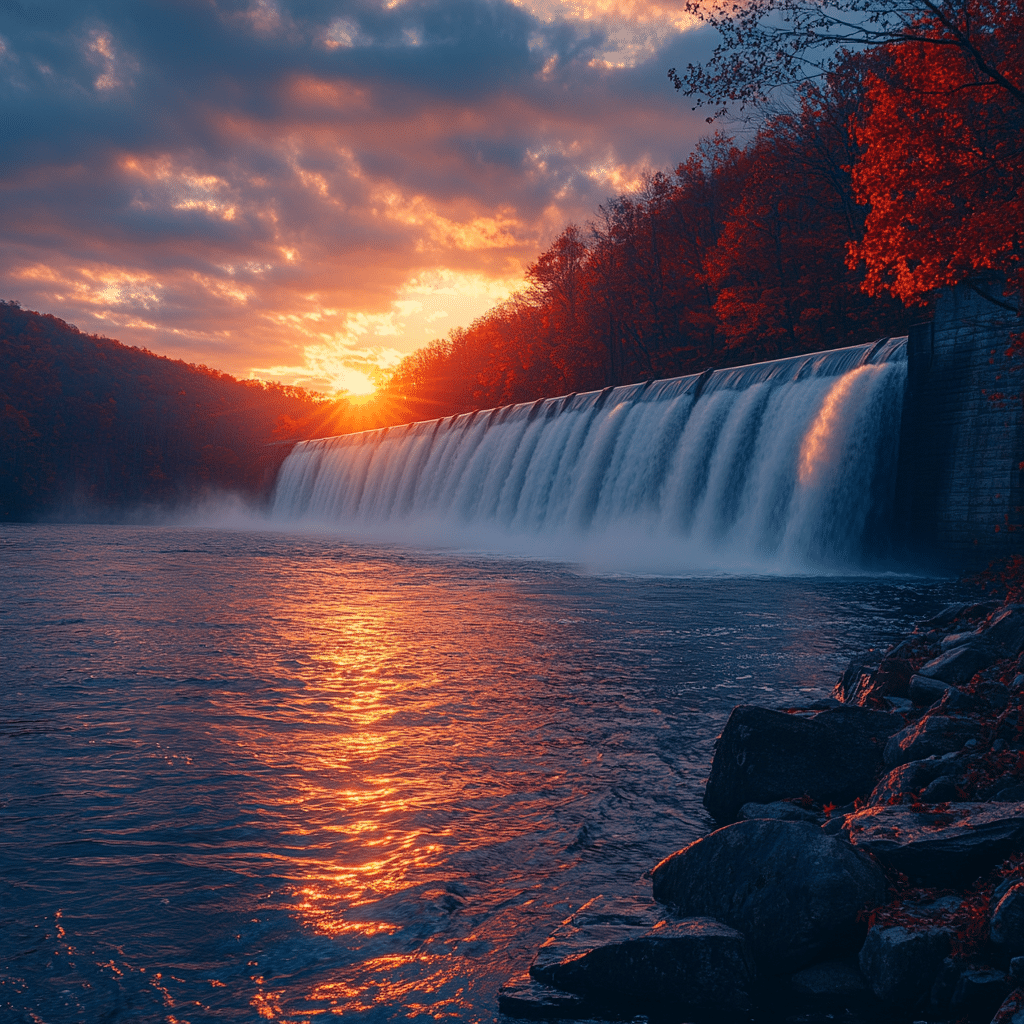
What is the best time to see eagles at Conowingo Dam?
The best time to see eagles at Conowingo Dam is from November through January. That’s when an additional 200 bald eagles usually migrate to the area from New York and Canada because their usual spots freeze over, making it hard to fish.
What is a current problem with the Conowingo Dam?
The Conowingo Dam is currently facing an issue where the area behind it has silted in faster than expected. This means the dam can’t trap as much sediment and nutrient pollution as it used to, which was keeping that gunk from reaching the Chesapeake Bay.
Is Conowingo Dam open to the public?
There’s no public access to the Conowingo Dam from the Cecil County side. However, you can get a nice view of the river below the dam from the Octoraro River Trail at Conowingo Park in Cecil County.
How deep is the water behind the Conowingo Dam?
The water behind the Conowingo Dam can vary in depth, but on average, it’s about 90 feet deep. This can change based on water levels and sediment buildup.
What time of the day are eagles most active?
Eagles are most active early in the morning right around sunrise and in the late afternoon near sunset. That’s when they’re out hunting and you’re most likely to see them in action.
What time of day is best to watch eagles?
The best time to watch eagles at Conowingo Dam is either early in the morning or late in the afternoon. They’re usually on the move then, looking for fish and other prey.
Can you swim at Conowingo Dam?
You can’t swim at the Conowingo Dam. For safety reasons, swimming in the area around the dam is off-limits.
What is the lawsuit against Conowingo Dam?
The lawsuit against Conowingo Dam involves concerns about the environmental impact of the sediment and pollution that’s now getting past the dam into the Chesapeake Bay. Various environmental groups have been pushing for measures to address this issue.
What town is near Conowingo Dam?
Port Deposit is the nearest town to Conowingo Dam. It’s a small place with a lot of history and charm, nestled along the Susquehanna River.
Can you take a tour at Conowingo Dam?
You can’t take an official tour of Conowingo Dam. While it generates a lot of interest, there isn’t a formal tour program available to the public.
What does the word conowingo mean?
The word “Conowingo” is derived from an Algonquian word that means “at the rapids.” It’s a nod to the natural rapids that existed in the area before the dam was built.
Can you drive across the Conowingo Dam?
You can’t drive across Conowingo Dam. The dam itself is closed to vehicle traffic, but you can find other ways to access views of the structure and the river.
What is the Conowingo Dam used for?
Conowingo Dam is used primarily for generating electricity. It has 11 turbines that produce up to 572 megawatts of pollution-free power, serving around 165,000 homes on average.
What fish are at Conowingo Dam?
Fishing at Conowingo Dam can reel in a variety of fish, including catfish, shad, and bass. Anglers often find the river below the dam to be a particularly good spot.
Where is the best place to see eagles on the Conowingo Dam?
The best place to see eagles at Conowingo Dam is right below the dam. There’s a popular viewing spot where photographers and bird watchers often gather to catch sight of these magnificent birds fishing.
What is the best time of day to photograph eagles?
The best time of day to photograph eagles is early in the morning or late afternoon. The light is great for photos, and the eagles are usually more active during these times.
How do you photograph eagles at Conowingo Dam?
To photograph eagles at Conowingo Dam, use a long lens for close-ups without disturbing them. Patience is key – wait for the moments when the birds are hunting or interacting. Early morning and late afternoon light can help you get those stunning shots.
When should I look for a bald eagle?
The best time to look for bald eagles is during their migration to Conowingo Dam from November through January. They’re most easily spotted early in the morning or late in the afternoon.
What time do eagles fly?
Eagles tend to fly early in the morning and late in the afternoon. These times are best for seeing them in action, either hunting for fish or soaring around the dam area.

